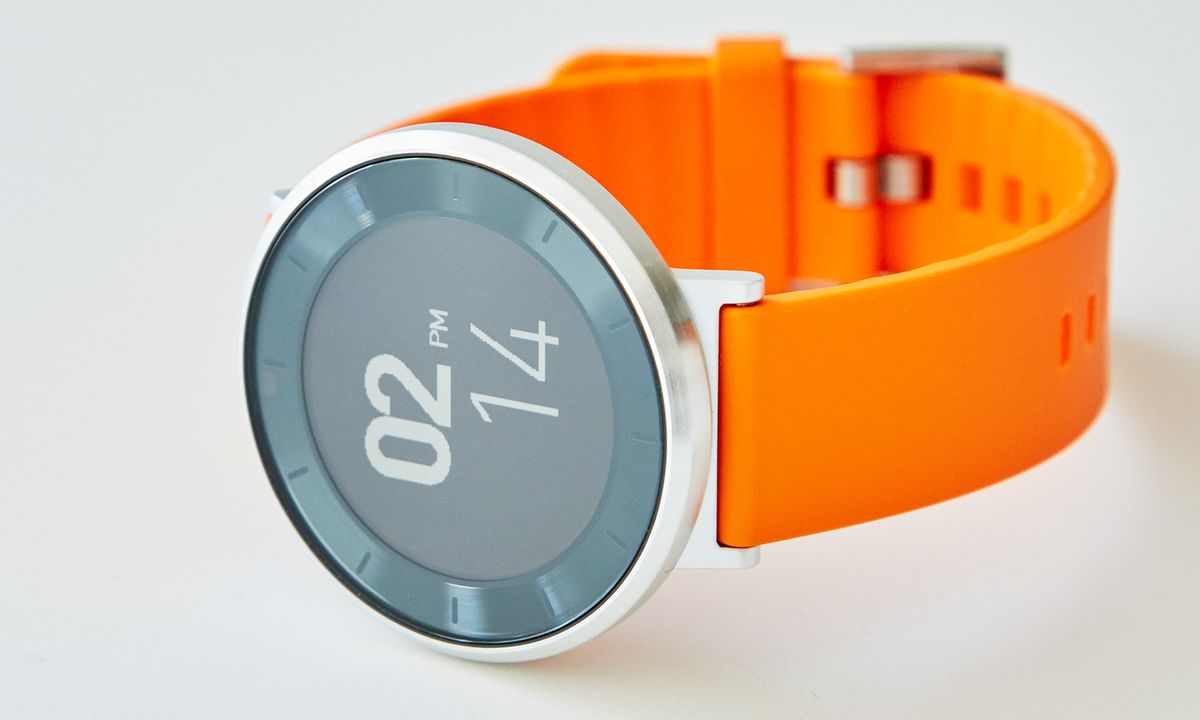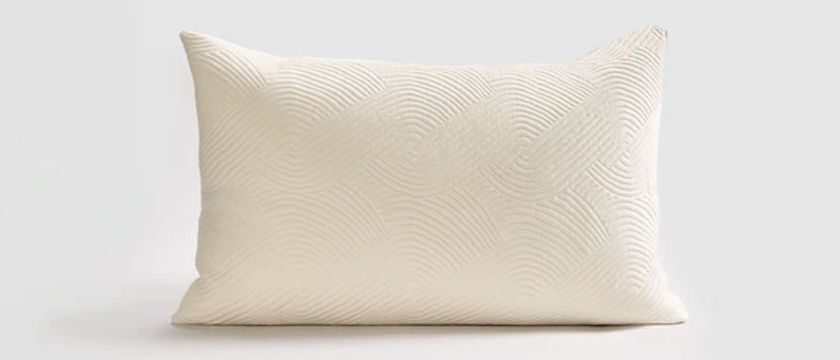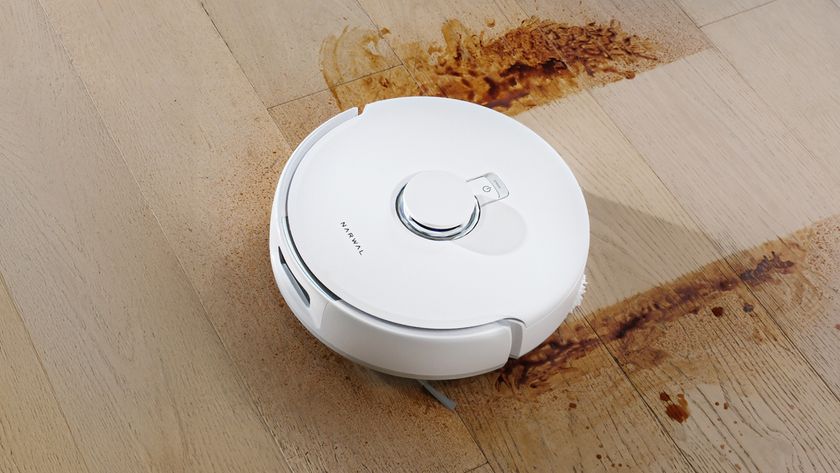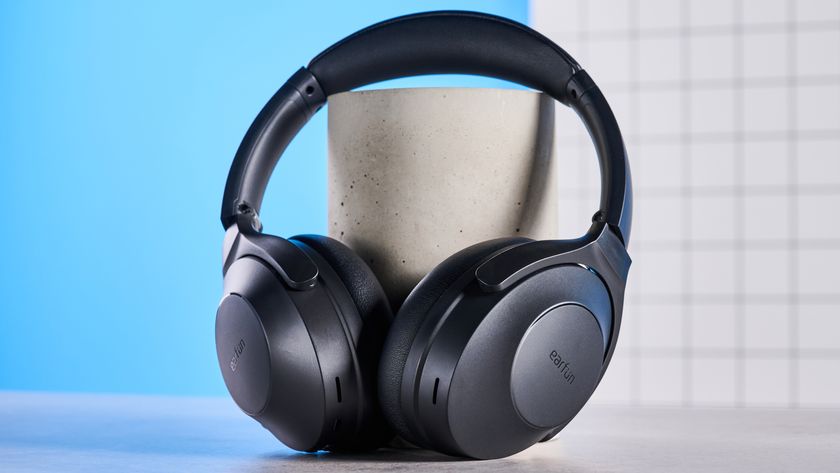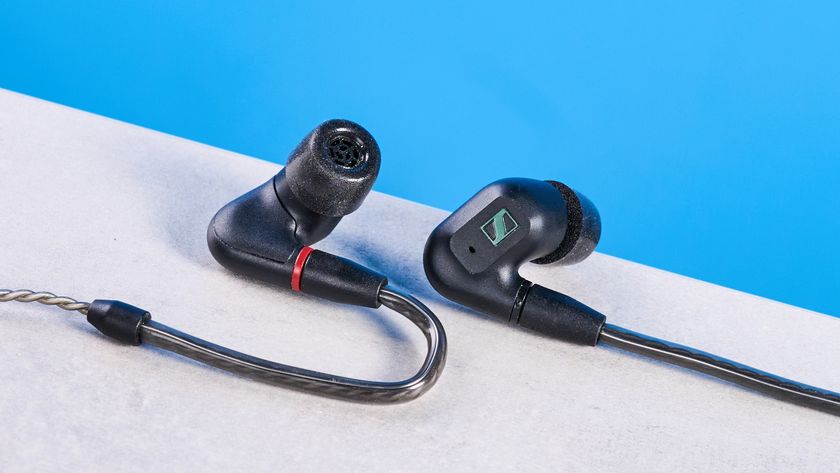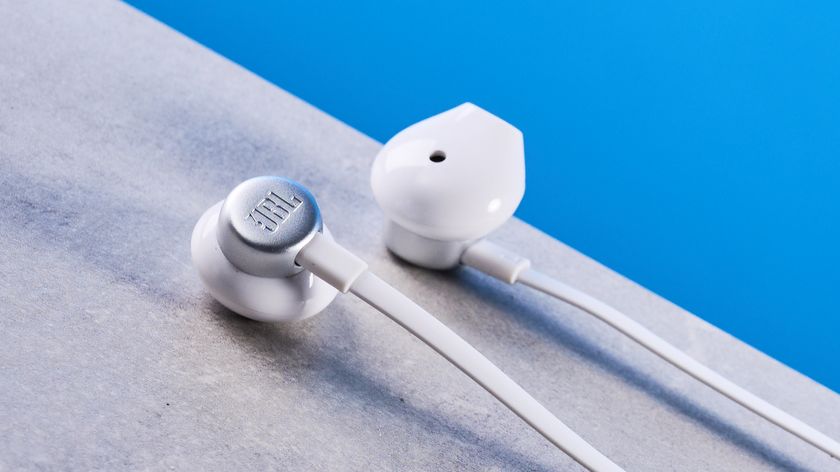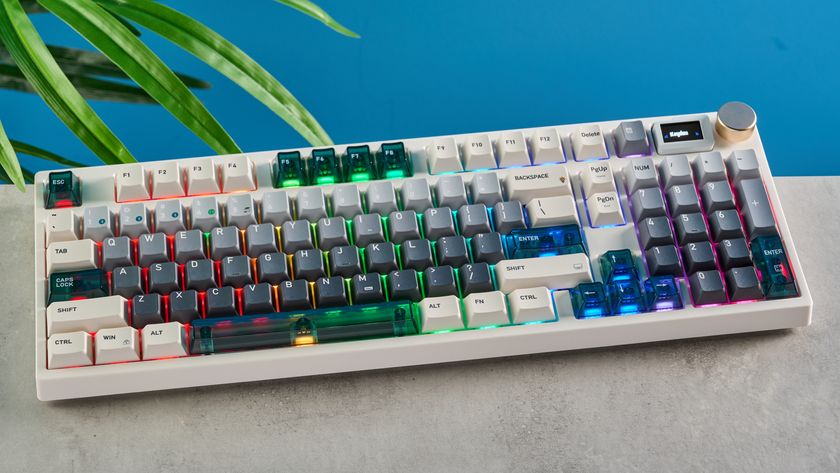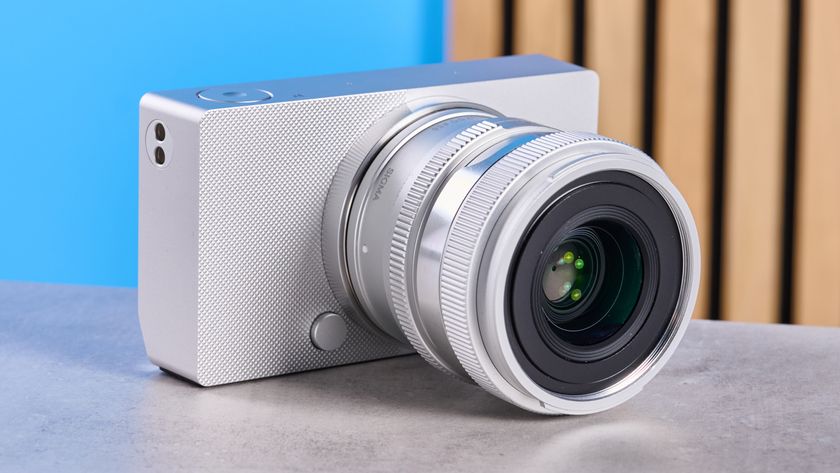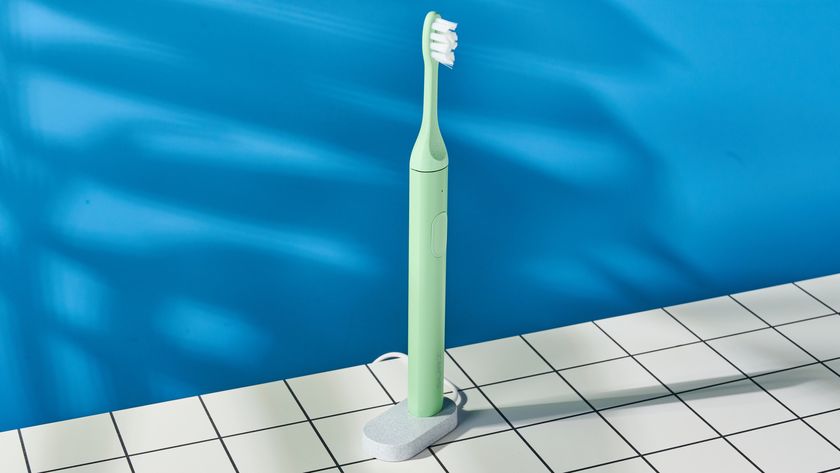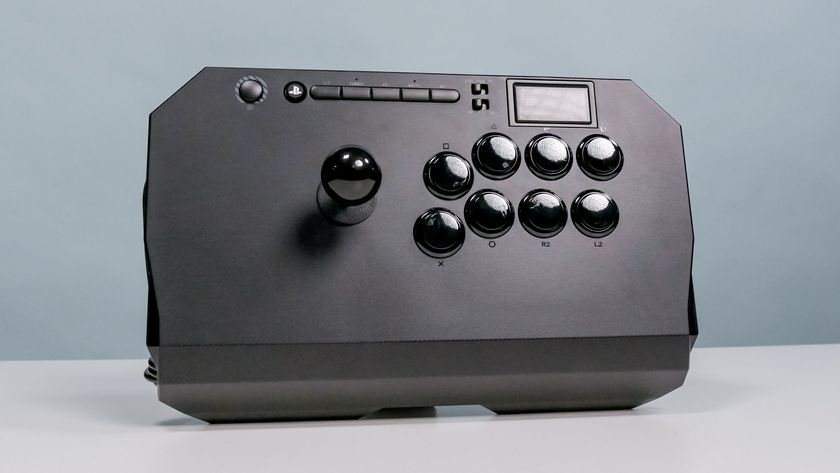Tom's Guide Verdict
If you want to receive all your smartphone notifications on your wrist along with fitness- tracking features in an attractive, simple package, the Huawei Fit is worth considering.
Pros
- +
Elegant watch face
- +
Simple design
- +
Smartphone notifications
- +
Inexpensive
Cons
- -
Touch screen too sensitive
- -
Awkward layout for text on screen
Why you can trust Tom's Guide
Unlike many fitness watches, the new Huawei Fit doesn't hide its smarts under an analog watch. It's unapologetically a gadget, and one that's a simple, affordable starter for those who want the option to receive a variety of notifications along with the ability to track activities and sleep. And unlike many of the boxy fitness watches we've seen, it actually looks good.
Design
The Huawei Fit's circular design and black-and-white screen make the device refreshingly simple and easy to look at. I found its 1.6-inch circular aluminum case more stylish than many of the square and chunky smartwatch cases out there. (Besides the Moonlight Silver Fit I reviewed, Huawei's fitness tracker also comes in Titanium Gray). At 1.2 ounces, the Fit is slightly heavier than the comparably priced (1.1-ounce) Pebble 2 + HR, but significantly more attractive.
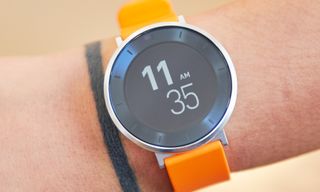
The orange plastic wristband on the tracker I tested was smooth on top and had gentle ridges on the bottom, so it didn't stick to my wrist as much as a wristband with a smooth underside would. However, the color was a turnoff and slightly cheapened the Fit's look.
MORE: Best Fitness Trackers for Running, Swimming and Training
Seemingly at odds with the slick case design were the cartoonish animated icons and fonts that appear when swiping through the options on the watch. Text appeared too large (unless you need reading glasses) and it was laid out awkwardly, with long words and phrases moving along the watch face like a stock ticker. That means you have to wait for the letters to move across the screen to read what's being displayed.
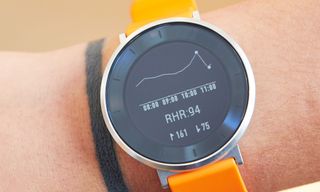
To operate the Fit, swipe up or down and tap to access your settings, notifications and fitness stats, including information on your steps, heart rate and workouts. For instance, if you swipe to the heart-rate icon and tap it, you'll see a chart showing changes in your heart rate throughout the day. Swiping left to right sends you back to the previous screen.
The Fit's touch screen makes using the fitness tracker seem effortless in comparison to those that rely on physical buttons, but the screen may be too sensitive. The device, which is waterproof up to 50 meters, interpreted warm running water as taps and swipes, suggesting that you could potentially activate a workout mode or change your settings by accident.
App
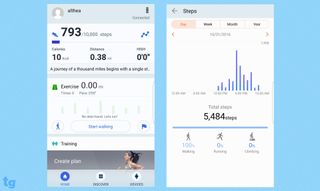
I tested the Huawei Fit with the beta version of the Huawei Wear app, which could see some significant changes as the device goes on sale. We'll update this review when we get some good hands-on time with the app that's released to consumers.
Using Huawei Wear, you'll fill in your basic information and set your preferences, including from which smartphone apps you want to receive notifications. You can also set vibrating alarms in the Wear app.
With other apps, your heart rate is tracked over time. The Huawei Wear stands apart by showing the target heart-rate zones for your specific workout goals, like burning fat or reaching an intense aerobic exercise goal. It also lets you set alerts for when you exceed or fall below these goals.
The Discover tab at the bottom center of the app's home screen provides a quick look at your fitness data and lets you manually start tracking your walking, running or cycling. It also allows you to set distance, time or calorie-burn goals for your workout.
If you are a runner, you can set up a training plan using the app by entering your personal bests for distance and time and then listing what goal you'd like to hit by a specified date. The app will suggest how to ramp up workouts with a schedule that includes rest days for recovery.
Activity
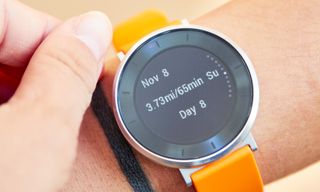
Besides your heart rate, the Huawei Fit automatically tracks both your walking and running, which both count as steps. Unlike other devices I've tested that are specifically focused on tracking fitness stats, I found step counts on the Fit surprisingly accurate. It counted 504 steps when I took 500, even while holding a coffee on the side I wore it on. Meanwhile, a Fitbit Flex 2 that I tested counted 465 out of 500 under easier-to-track conditions: walking with my arms swinging at my sides.
While the Fit automatically tracks steps, you'll have to manually set an activity mode for other types of exercises. You can do this by swiping from the bottom of the screen to the top to reach the Workout screen. Scrolling up or down on that screen lets you specify whether you want to record a walk, run, bike ride, treadmill or swim. Your heart rate as read by the Fit's optical heart-rate monitor helps provide an estimate of your calorie burn during those activities.
MORE: Fitness Tracker Buying Guide
By swiping up twice from the time of day on the Fit's display, you'll access steps, distance walked, estimated calorie burn and sleep stats. Swiping up three times gives you a specific menu for heart rate. You'll see a chart of your heart-rate fluctuations throughout the day directly on the watch, easily during and after your workout. My heart-rate readings using the Huawei Fit generally matched those taken by a Fitbit Charge 2, occasionally plus or minus a couple of beats per minute.
Unfortunately, if you forget to activate a workout mode, you can't go into the app and manually add your workout, the way you can with a Fitbit, for example.
You can sync data recorded by the Huawei Fit with Google Fit, Up by Jawbone and MyFitnessPal to get a fuller picture of your fitness, including how your diet may affect your fitness goals.

The Huawei Fit also automatically tracks sleep, differentiating deep sleep from light sleep and indicating times when you wake up at night. The Fit's sleep-tracking stats seemed accurate as well, closely matching the readings from a Fitbit Charge 2, which both remind me that I sleep better when I go to bed earlier.
Notifications
You can set up notifications from apps on your paired smartphone running Android or iOS, including the usual call and text alerts, plus alerts from your Gmail inbox, Google Hangouts, Facebook and Facebook Messenger. As I've experienced with other devices, several call and text notifications didn't come through, but I had alerts set up for a dozen apps, with several arriving on my wrist at the same time.
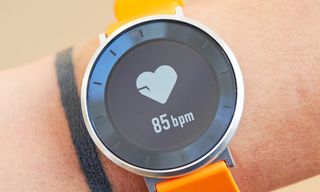
Among the notifications you can set is an alert during your workout for when your heart rate reaches a specified level outside of a targeted heart-rate zone. For instance, if you want to stay within a low to moderate intensity to focus on fat-burning when you exercise, you can set that alert in the Huawei Wear app so that you know when your heart rate goes above a specific number of beats per minute. That’s valuable information that can help you get more out of your workout.
MORE:Garmin vivoactive HR Review: All-Purpose Performer
Like Fitbit's reminders to move, the Huawei Fit can also alert you when it senses that you've been sitting for more than an hour. The Fit won't send you notifications when it senses that you're sleeping or you've activated the Do Not Disturb function in the app.
Battery Life
Huawei says that with normal use, the Fit can last up to six days between charges. My experience reflected even better battery life, though, with the level exceeding the six-day mark slightly, even while being swamped with Gmail notifications. The Fit, which requires a proprietary charging cable, took less than 2 hours to fully charge from drained.
Bottom Line
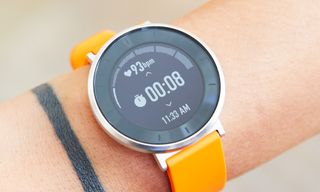
The Huawei Fit is more attractive than many of the square and chunky smartwatches out there, and it counted steps more accurately than many popular fitness trackers. Unfortunately, Huawei's fitness gadget doesn't automatically track a wide variety of exercises, like a Fitbit Charge 2 can, and it could use some improvements on screen sensitivity and the way it displays text. Still, at $130, the Huawei Fit is a modestly priced fitness tracker that’s both simple to use and attractive.
Althea Chang is Associate Director of Content Development for Consumer Reports and was previously a Senior Writer for Tom's Guide, covering mobile devices, health and fitness gadgets and car tech.
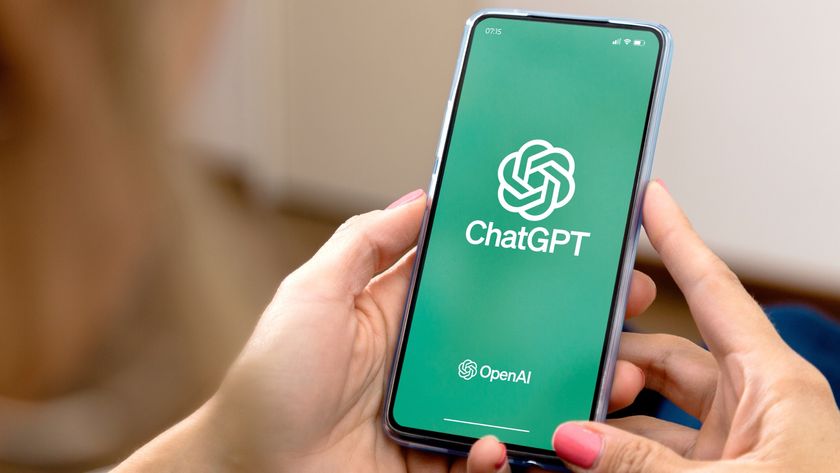
I used ChatGPT 4o's new AI image generator to turn my family into cartoons — the results blew me away

One of the most haunting documentaries I’ve ever seen leaves Netflix soon — stream it before it’s too late
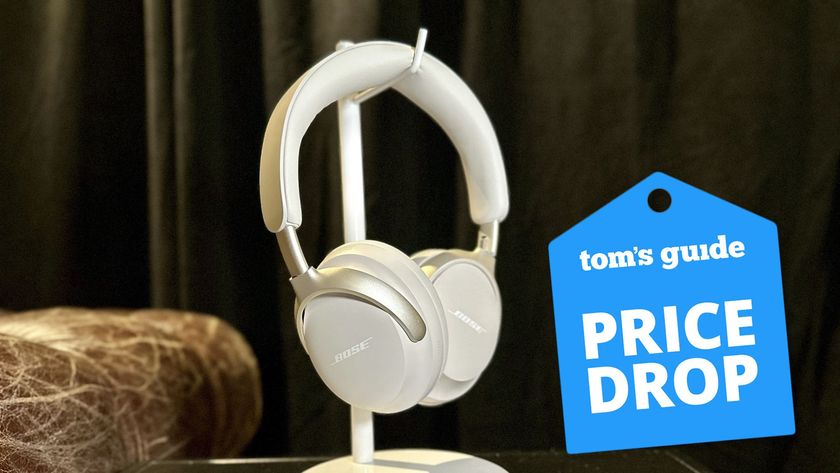
This is better than the sale price — save $100 on the best noise canceling headphones I've ever tested
-
Pgyuf I use it for a while. I'm disappointed. Step count is accurate when I go. But if you do something else and step a little it measure a lot of steps. It is easy to start false workout accidental. But you can't erase these in Huawei Wear app. So I have a lot of false workout. The HR measure is the worst. Somtimes the watch display me that I have to wear it more loosely. But I wear it this way. When I ride bike and polar chest sensor shows me about 130 hr the watch shows 190.Reply
When I bought it I thouht there is continous HR. But there isn't. So in this situation long battery live is not a big miracle. It last 5-6 days.
Huawei Wear is funny. But I don't have time to laugh. This app is very little from Huawei. No stylus, no order, no conccept. Only chaos. No detail about workouts and sleeping. I can't enlarge details.
Feautures whitch are working perfectly is the bluetooth notifications and waking up. Sleep measure is not bad. But I get positive notifications when I sleep 5-6 hours. But I know it was no sleeping. The watch is wery comfortable and light.
Maybe I was big expectation from this watch but before Fit I wear Basis Peak that was more perfect and style and I dont speak about app.
In the Basis Peak there was an easy feature. When I adventured in the deept of the watch menu I hit two times on the screen and I jumped to the starting screen. This feature is missing in Fit.
